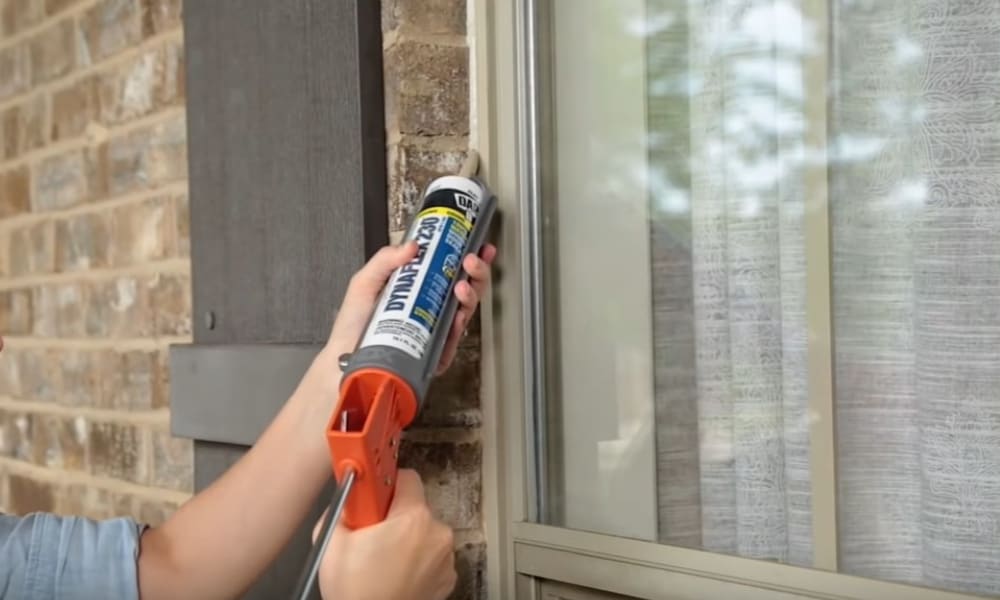As the crisp air of autumn begins to give way to the cold winds of winter in New England, homeowners are turning their attention to keeping the warmth inside and the cold out. One of the most effective ways to enhance the energy efficiency of your home and ensure a cozy living space is by sealing windowsills and doorways. This post will guide you through the process of winterizing these critical areas of your home.
Understanding the Importance
Windows and doors are common culprits for heat loss. Even the smallest gaps can let in cold air and make your heating system work overtime. By sealing these openings, you can not only save on energy costs but also create a more comfortable living environment.
Inspecting Your Windows and Doors
Start by inspecting all windows and doors for drafts. On a windy day, you can often feel the cold air seeping in. For a more thorough check, light a candle or incense stick and hold it near the edges of your windows and doors. A flickering flame or smoke indicates a draft.
Choosing the Right Materials
For windows, weatherstripping is a common solution. It comes in various materials like foam, rubber, and silicone. Each type has its advantages, and your choice will depend on the size of the gap and the movement of the window parts.
For doors, consider a door sweep for the bottom, which blocks drafts from entering underneath. For the rest of the door, foam or rubber weatherstripping will work similarly to windows.
Sealing Windowsills
- Clean the area: Ensure the windowsill is clean and dry before applying any sealing material.
- Apply caulk: For gaps between the window and the frame, use caulk. Apply it smoothly and evenly, ensuring that you fill the entire gap.
- Install weatherstripping: Place weatherstripping around the movable parts of the window to create a tight seal when the window is closed.
Sealing Doorways
- Install a door sweep: Attach a door sweep to the bottom of the door. It should brush against the threshold to block air but not impede the door’s movement.
- Apply weatherstripping: Like with windows, apply weatherstripping around the door frame where the door makes contact when closed.
- Consider a door sealant kit: For a more comprehensive solution, use a door sealant kit that comes with all the materials needed to seal a door completely.
Regular Maintenance
Remember, the materials used for sealing can degrade over time. Make a habit of inspecting and replacing weatherstripping and caulk as needed, typically every few years, to maintain a snug and energy-efficient home.
Professional Help
If you’re dealing with significant gaps or outdated windows and doors, it might be worth consulting a professional. They can advise on the best long-term solutions, such as new energy-efficient windows or doors, which can be a worthwhile investment for your New England home.
Conclusion
By taking the time to properly seal your windowsills and doorways, you’re not only preparing your home for the winter season but also contributing to a more sustainable lifestyle. So, as the leaves finish their colorful descent and the chill sets in, make sure your home becomes a bastion of warmth and efficiency, starting with the simple act of sealing against the cold.


